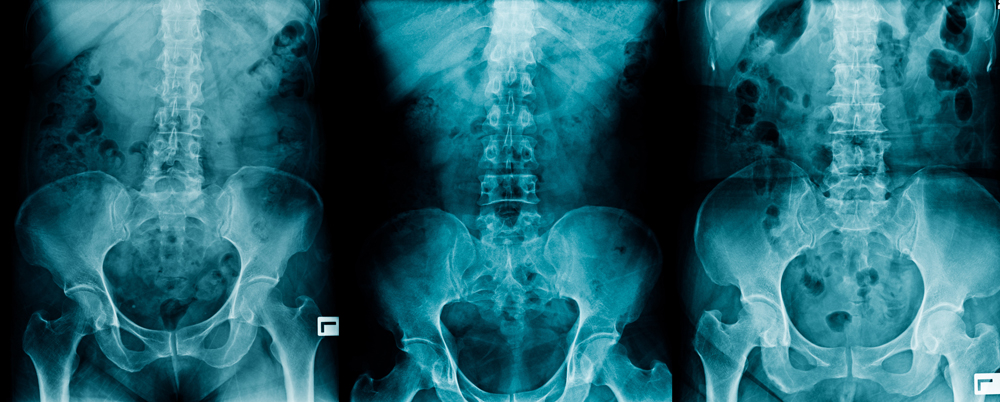Article
Does your back or core hurt?
 Much of the lower back (lumbar region) and neck (cervical region) pain we experience can be linked back to degenerative disc disease. This common diagnosis is broadly misunderstood. In essence, degenerative disc disease describes the pain symptoms (including weakness and numbness) caused by a degenerated disc (in the spine).
Much of the lower back (lumbar region) and neck (cervical region) pain we experience can be linked back to degenerative disc disease. This common diagnosis is broadly misunderstood. In essence, degenerative disc disease describes the pain symptoms (including weakness and numbness) caused by a degenerated disc (in the spine).
This term, degenerative disc disease, is actually a term to define the changes in your spinal discs. Spinal discs separate the vertebrae that make up the spine. These discs are soft and compressible. Think of these discs as shock absorbers. Unfortunately, even shock absorbers on a car can get worn out – just like the spinal discs in your spine. When this occurs, pain is the result.
Over the years our spinal discs can degenerate or “break down.” This can cause degenerative disc disease in some people. Degeneration often occurs through the loss of fluid in the spinal discs, which makes the disc thinner, and the cushioning between the discs is no longer protective. Additionally, tiny tears can occur in the disc, ultimately causing the loss of fluid in the disc — also leading to a disc rupturing or breaking into fragments.
Unfortunately, falls and heavy lifting can lead to herniated discs which can spark degeneration. Treating a herniated disc, or treating the pain associated with degenerative disc disease, is the first step in preventing the condition from worsening. Not lifting excessively heavy objects can help protect the discs, too. Prevention is key!
If you have questions about your lower back or neck pain, don’t hesitate to contact us.
